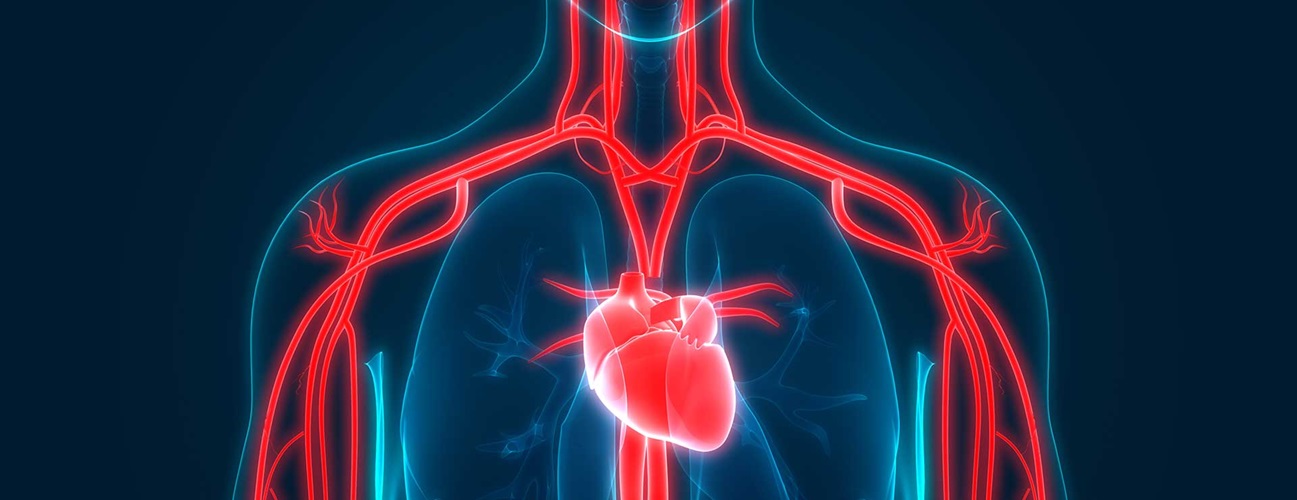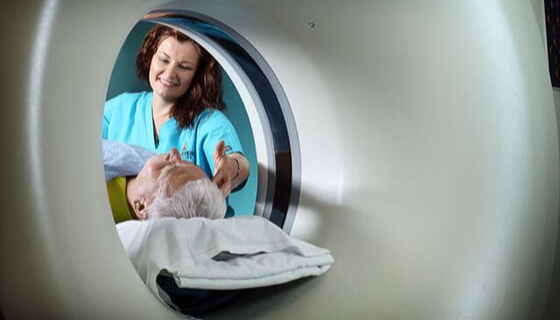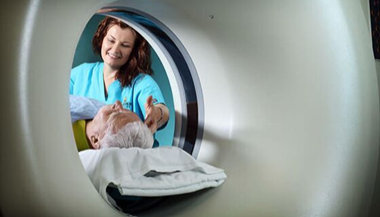The Heart Test You May Need—but Likely Haven’t Heard Of
How's your coronary artery calcium? What's that, you ask? Like the more familiar tests used to assess your risk of future heart problems—cholesterol, blood pressure and blood sugar tests, for example—coronary artery calcium (CAC) testing helps reveal your risk of heart disease, often before other warning signs appear.
Also known as a Cardiac CT calcium score, it's one of the newer—and more accurate—assessment tools being used. "A coronary calcium scan isn't for everyone, but it's the finest way for those who are uncertain about their heart disease risk to make better decisions about treatment and medications," says Michael Blaha, M.D., M.P.H., director of clinical research at the Ciccarone Center for the Prevention of Heart Disease at Johns Hopkins.
What does a coronary calcium scan do?
The scan provides images of your coronary arteries that show existing calcium deposits. Called calcifications, these deposits are an early sign of coronary artery disease.
How does the coronary calcium scan work?
Pictures of your heart are taken while you lie in a scanner for about 10 minutes. This simple and painless procedure is called a computed tomography (CT) scan. A score of zero has been shown to indicate that you have a very low risk of having a heart attack within the next 10 years.
Research Shows A Better Way
Using data from almost 7,000 subjects, Johns Hopkins researchers compared two approaches to calculating heart risk. One way used only the traditional risk factors, like smoking, cholesterol, blood pressure and diabetes. The other included the coronary calcium scan score. Results reported in 2013 in European Heart Journal showed that by looking at the coronary calcium scan, doctors could much better estimate heart disease risk, especially for those thought to be at low risk or high risk.
Fifteen percent of those thought to be at very low risk using traditional risk factors actually had high coronary artery calcium scores. And 35 percent of those thought to be at high risk showed no coronary artery calcium, and therefore a lower risk of heart events.
How is a coronary calcium scan used?
For someone who has several risk factors for heart disease, the test can help determine how aggressive treatment should be, whether different types of medications should be started, or whether a person is at very low risk for heart events. "Unlike risk factors, which can only tell you probabilities, this information is individualized, more concrete and actionable," Blaha says.
Why doesn't everyone get a coronary calcium scan?
Because this test is relatively new, it's not part of standard guidelines for heart screenings—and not all insurance plans cover it. But it's apt to be used more in the future, as several studies comparing it with other tests have shown its effectiveness in determining the risk of cardiac events. For now, ask your doctor.
#TomorrowsDiscoveries: Cardiovascular Imaging | Joao A. C. Lima, M.D., M.B.A.
Dr. Joao Lima describes recent advances in imaging that provide crucial information about the heart and blood vessels without the need for invasive procedures like dye injections and catheterization.
Definitions
Arteries (are-te-rease): The blood vessels that carry oxygen-rich blood away from your heart for delivery to every part of your body. Arteries look like thin tubes or hoses. The walls are made of a tough outer layer, a middle layer of muscle and a smooth inner wall that helps blood flow easily. The muscle layer expands and contracts to help blood move.
Risk factor: Anything that boosts your chances of getting a disease. For example, smoking is a risk factor for cancer, and obesity is a risk factor for diabetes.







